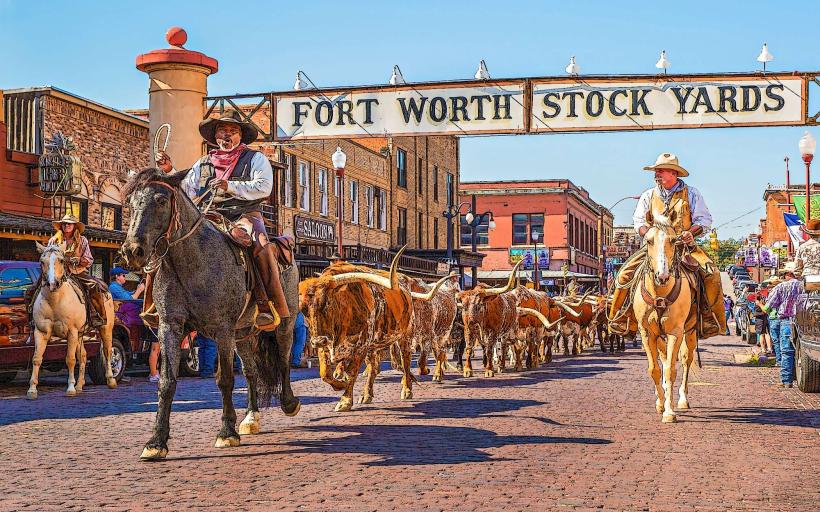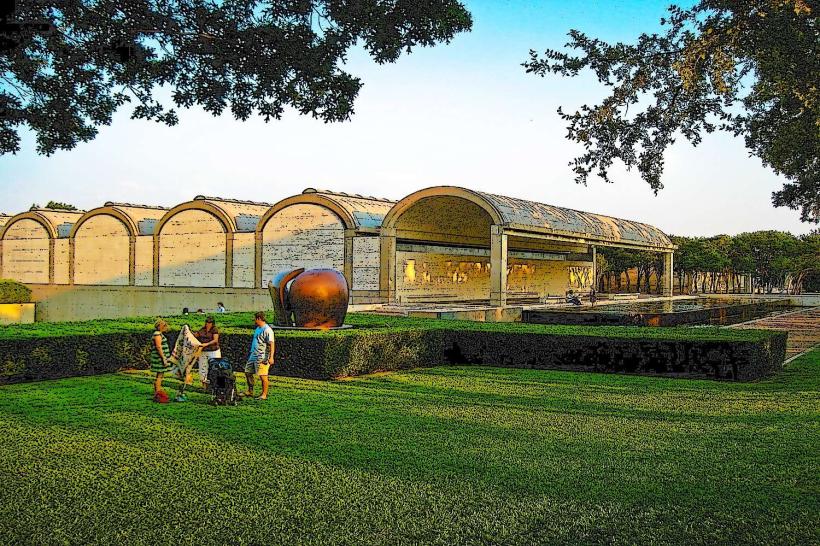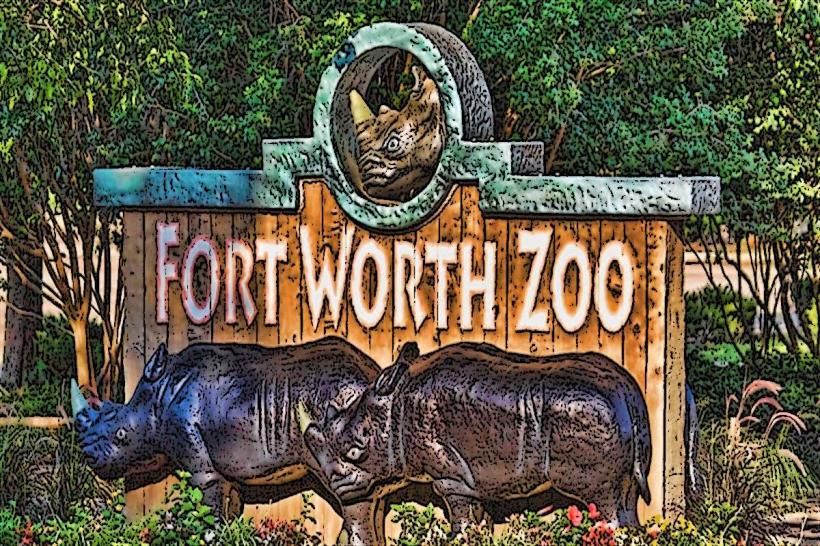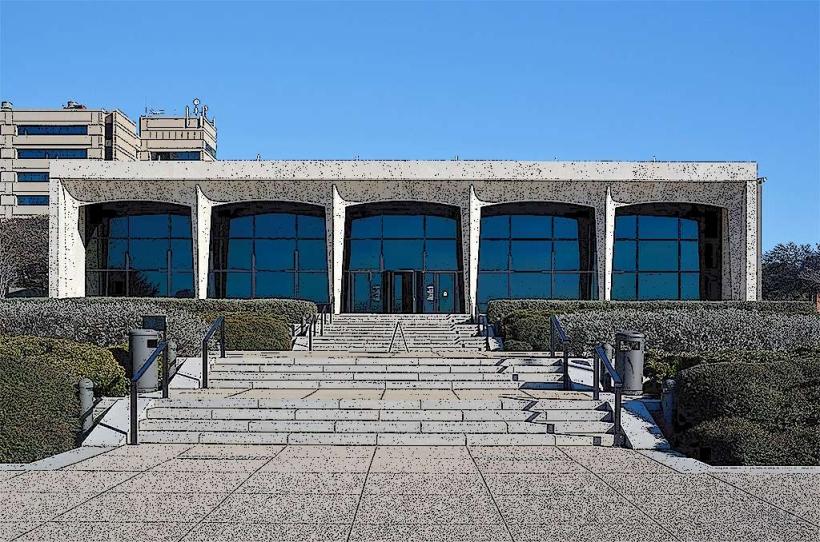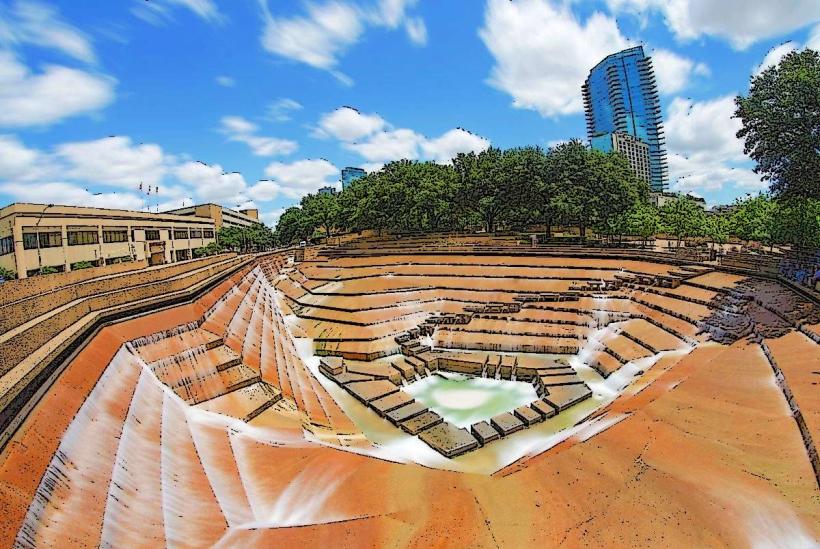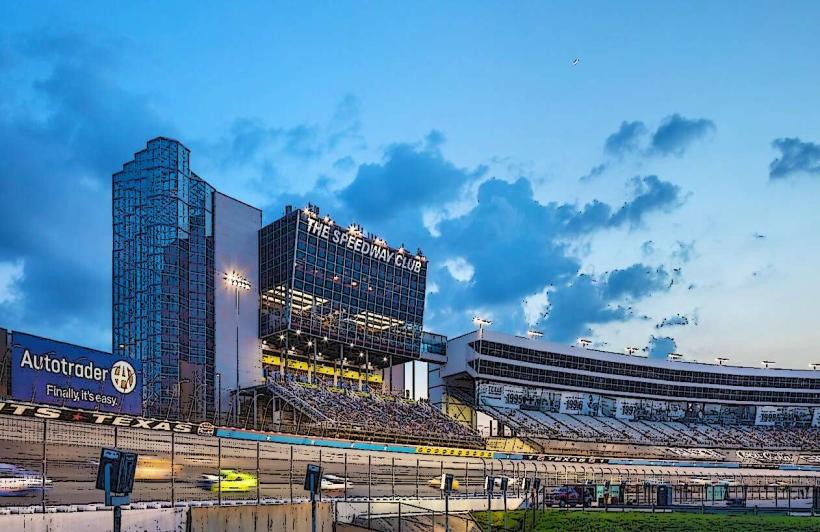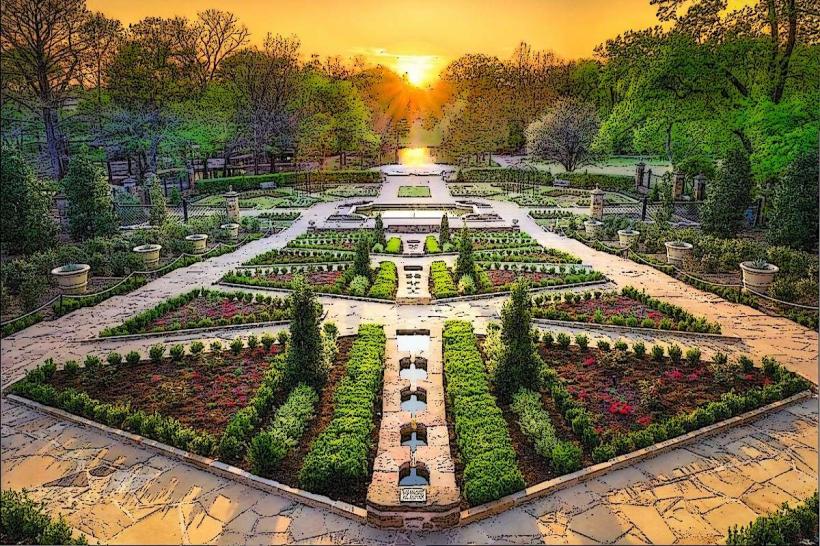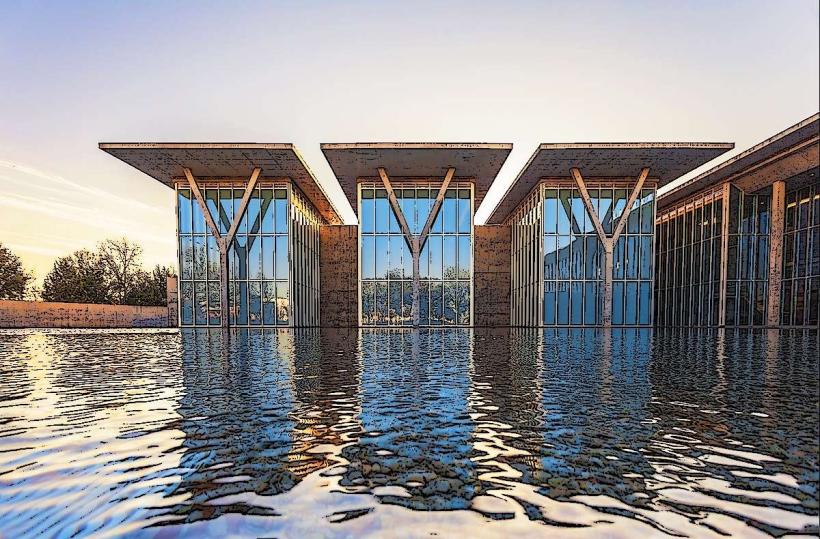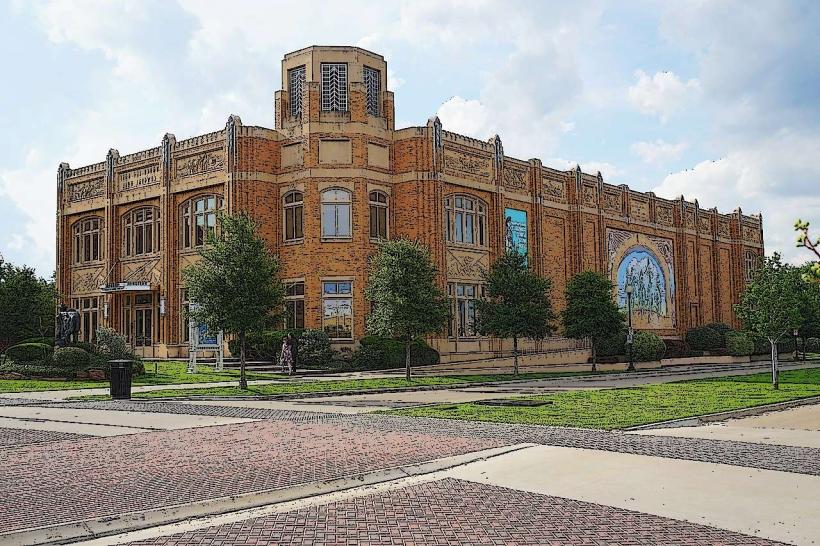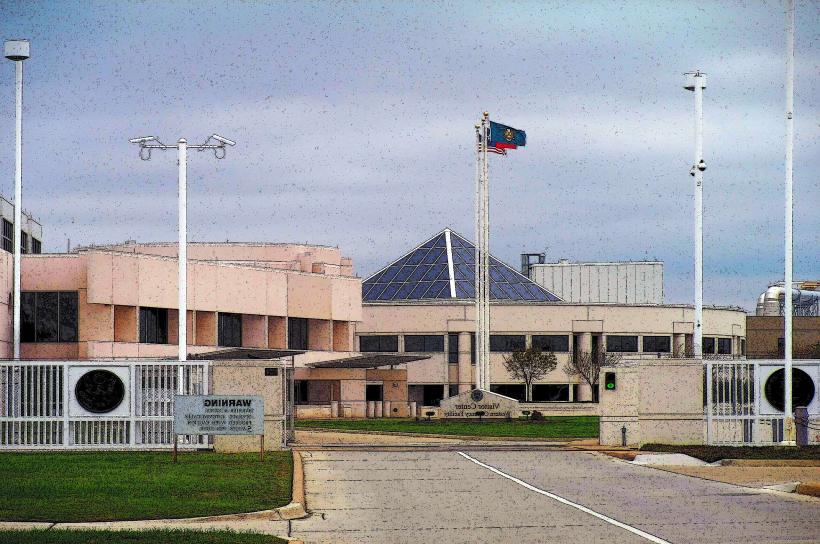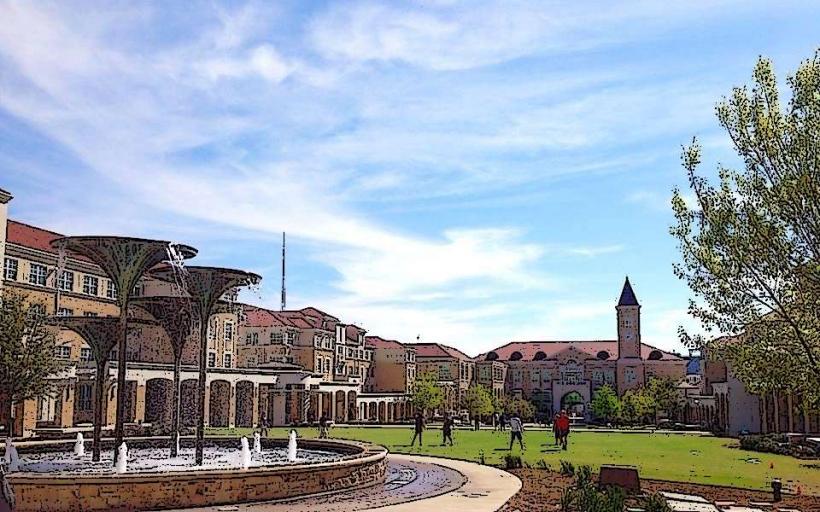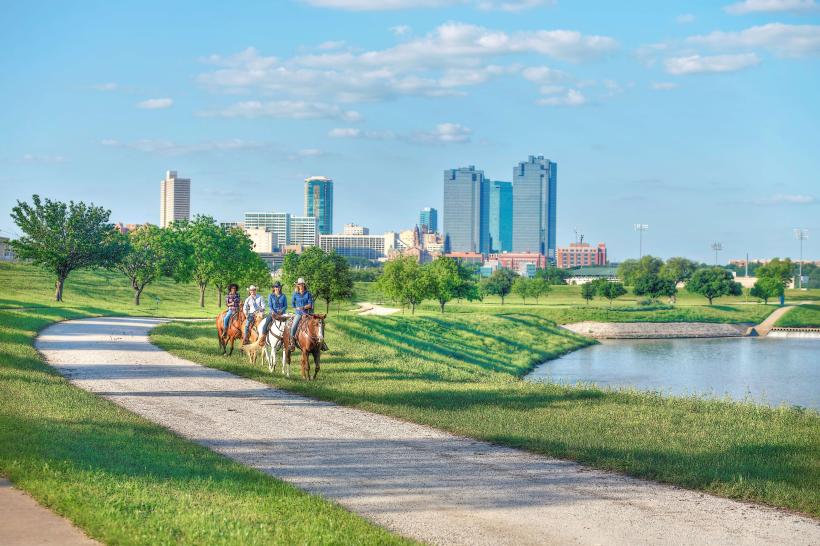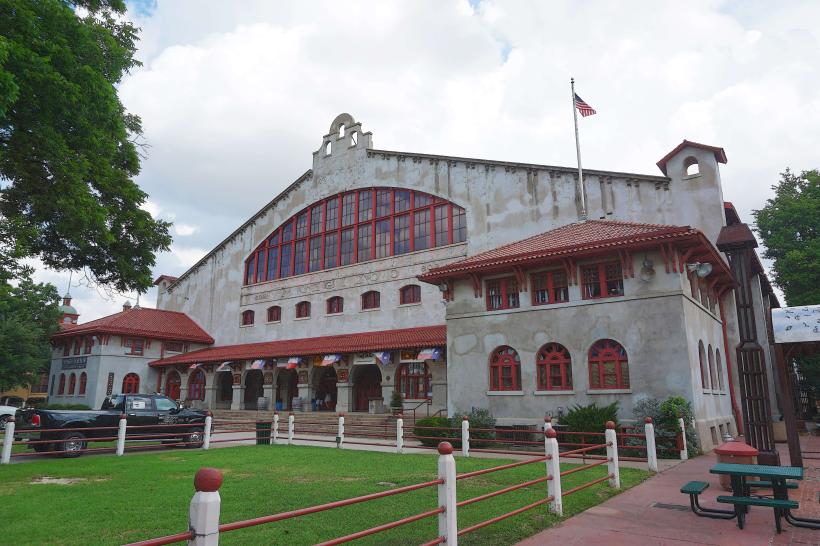Information
Landmark: Log Cabin VillageCity: Fort Worth
Country: USA Texas
Continent: North America
Log Cabin Village, Fort Worth, USA Texas, North America
Log Cabin Village is a historical living museum located in Fort Worth, Texas. It offers an immersive experience of 19th-century pioneer life and showcases the craftsmanship and lifestyle of early settlers in the area. The village is designed to educate visitors about the history of Texas, specifically focusing on the pioneer era, through authentic structures, historical reenactments, and hands-on activities.
Overview of the Village
Log Cabin Village features a collection of historic buildings and cabins, many of which have been carefully preserved or reconstructed to demonstrate the typical life of settlers in North Texas. These cabins were once part of larger homesteads or farms and have been relocated to the village to give visitors a sense of what early Texan life was like. The buildings showcase the practical skills of the time, such as woodworking, farming, and household tasks.
Key Historic Structures and Their Significance
Foster House (1853):
The Foster House is the oldest building at Log Cabin Village and serves as the entrance to the village. Built around 1853, this "I-house" is an example of Victorian architecture. It is notable for being constructed by enslaved workers and offers insight into the more refined homes of early settlers in the area.
Parker Cabin (1840s-1850s):
This double-pen dogtrot cabin is representative of early frontier homes and is associated with historical figures like Isaac Parker and Cynthia Ann Parker. The cabin provides a look into the hardships faced by early settlers, including challenges related to land and family life.
Pickard Cabin (1855):
Built around 1855, this one-and-a-half-story cabin offers a hands-on experience, especially in spinning and weaving techniques. Visitors can learn about the crafts and domestic skills that were vital for survival in frontier life.
Seela Cabin (1860s):
This single-pen cabin from the 1860s provides a chance for visitors to engage in historical tasks, such as cooking and farming activities. It is designed to offer visitors a deeper understanding of daily life in a frontier home.
Howard Cabin (1860s):
The Howard Cabin, a two-story single-pen house, is an example of early American building techniques and woodworking skills. Visitors can learn about how pioneers built and furnished their homes using locally available materials.
Marine Schoolhouse (1870s):
This one-room schoolhouse was relocated to the village from the community of Marine, Texas, and offers a glimpse into the educational practices of the time. It provides context for how children were taught during the frontier period.
Shaw Cabin and Gristmill (1854):
The Shaw Cabin is a single-pen log cabin built around 1854 and is located near a gristmill, which was essential for grinding grain and other food production during pioneer times. This setup highlights the importance of milling in early Texan life.
Tompkins Cabin (1853):
This cabin demonstrates life on the frontier with a focus on candle-dipping and other domestic crafts. Visitors can observe how pioneers used handmade candles for lighting their homes.
Blacksmith Shop (1980s):
A reproduction of a blacksmith shop built in the 1980s, this structure allows visitors to watch demonstrations of blacksmithing, a critical skill for creating tools, horseshoes, and household items in pioneer days.
Interactive and Educational Experiences
Living History Demonstrations:
Log Cabin Village offers visitors the opportunity to experience life on the Texas frontier through demonstrations. Historical interpreters and staff dress in period clothing and perform tasks like spinning wool, making soap, and woodworking. This allows guests to understand the skills required to live in the 19th century.
Herb Garden:
The village has a small herb garden that showcases plants and herbs that pioneers used for cooking, medicine, and other household purposes. It is an excellent way for visitors to learn about the natural resources early settlers relied on.
Hands-On Activities:
Visitors can try out various 19th-century crafts and chores, such as candle dipping, grinding corn, or churning butter. These activities give a tangible understanding of the work involved in pioneer life.
Special Events and Programs
Log Cabin Village offers seasonal events and programs that deepen the educational experience:
Pioneer Days:
This event is held each year to give visitors a chance to step into the shoes of a pioneer. It typically includes activities like historical cooking demonstrations, blacksmithing, and more.
School Programs:
Log Cabin Village is an educational resource for local schools. Programs are designed to teach students about Texas history and pioneer life through hands-on experiences.
Festivals and Community Outreach:
The village also hosts various festivals, including those that celebrate Texas heritage. These events often feature local crafts, foods, and live music, further enhancing the experience for visitors of all ages.
Visitor Information
Hours of Operation:
The village is open from Tuesday to Saturday, from 9:30 AM to 4:00 PM, with the last admission at 3:00 PM. It is closed on Sundays and Mondays.
Admission Prices:
Adults: $5.00
Youth (ages 4-17) and Seniors (60+): $4.50
Children under 3: Free
Group rates are available for parties of 10 or more.
Accessibility:
All paths are paved, making them wheelchair accessible. However, some of the historic structures, like the Shaw Creek Gristmill, are not fully accessible. Visitors are welcome to bring strollers and wheelchairs.
Parking:
Free parking is available on-site for all visitors.
Log Cabin Village's Significance
Log Cabin Village serves as a valuable educational resource, preserving Texas' frontier history and helping visitors connect with the past. Through its well-preserved structures, interactive experiences, and educational programs, the village highlights the challenges, skills, and daily lives of the early settlers of North Texas. It's a great destination for families, history buffs, and anyone interested in understanding the early roots of the region.
Whether you're looking to explore the historic cabins, engage in hands-on activities, or learn about the past, Log Cabin Village offers an engaging experience for all visitors.

